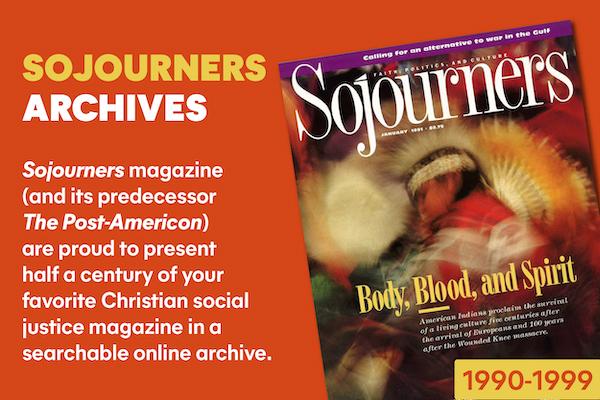Five years ago in early March, news services carried extensive coverage of Gallaudet University students turning away cars as faculty, staff, and other students were arriving for classes. The students had closed all the entrances to the Washington, DC. university. They were in control -- a new feeling to many of the deaf students there.
The night before, the Gallaudet board had announced that Elisabeth Ann Zinser had been chosen to be the seventh president of the federally chartered and funded institution. Like each president before her, Zinser -- the vice chancellor of academic affairs at the University of North Carolina at Greensboro -- was a hearing person. She had no previous involvement with the deaf community, and she did not know how to sign. She had been chosen over the two other finalists, who were both deaf.
Immediately after the announcement, the discouragement of the student body and staff turned into focused anger. Students began making speeches and planning a response. They marched to the hotel where the board members were staying, then to the U.S. Capitol, and finally the mile back to campus -- demanding all the way that the board reconsider its decision. By early Monday morning, the students had hot-wired buses, moved them into campus entrances, and deflated the tires. With the support of the majority of the staff and faculty, the students had closed down the campus to all school activity.
Even at the nation's only liberal arts school for the deaf, most power was in the hands of hearing people. The 21-member board that chose the new president had only four deaf members (all of whom voted against hiring Zinser). And board president Jane Bassett Spilman was not able to communicate in the language of the students, further exacerbating the conflict early in the week.
Read the Full Article

